When college coaches walk through your athletic facilities, every detail tells a story about your program. The condition of your training spaces, the organization of your documentation, the professionalism of your athlete recognition systems, and the quality of your program presentation all communicate whether you run an operation that develops college-ready athletes or simply fields teams. For athletic directors and coaches committed to helping student-athletes pursue collegiate opportunities, preparing for college coach visits represents a critical responsibility that directly impacts recruiting outcomes.
College recruiting has become increasingly competitive across all divisions and sports. Coaches receive countless highlight reels, recruiting profiles, and athlete recommendations, making in-person visits to high school programs valuable opportunities to stand out from the crowd. When college recruiters visit your campus, they assess far more than individual athlete talent—they evaluate program quality, coaching competence, athlete development systems, and the overall environment producing the talent they consider recruiting.
The Strategic Importance of College Coach Visits
College coach visits serve multiple critical functions in the recruiting ecosystem. They allow recruiters to evaluate athletes in person, assessing physical attributes, athletic skills, and intangible qualities videos cannot fully capture. They enable coaches to meet and assess coaching staffs, understanding whether high school programs prepare athletes for collegiate competition demands. They provide opportunities for recruiters to gauge program culture, athlete character, and developmental environments. Most importantly, successful visits establish ongoing recruiting relationships that benefit multiple athletes across multiple recruiting cycles rather than serving only individual prospects.
This comprehensive guide explores everything athletic directors and high school coaches need to know about preparing for, facilitating, and maximizing college coach visits. From understanding NCAA recruiting rules and calendar restrictions to implementing professional recognition displays that showcase program excellence, these strategies help schools position themselves as premier sources of college-ready athletic talent.
Understanding the College Recruiting Calendar and Visit Rules
Before developing visit preparation strategies, athletic directors must understand the regulatory framework governing when and how college coaches can visit high school programs.
NCAA Recruiting Period Types
The NCAA divides recruiting calendars into distinct period types, each with specific rules about what college coaches can and cannot do during high school visits.
Contact Periods: During contact periods, college coaches may have in-person, off-campus contact with prospective student-athletes and their families. Coaches can visit high schools to watch practices or competitions, meet with athletes and coaches, and conduct facility tours. However, coaches may make only one visit per week to individual prospects, and all contact must comply with NCAA communication rules for the athlete’s grade level and sport.
Evaluation Periods: Evaluation periods permit college coaches to visit high schools and watch athletes compete or practice, but coaches cannot have face-to-face contact with athletes or parents during these visits except to say hello. Coaches may speak with high school coaches and administrators to gather information about athletes, academic standing, and program quality, but substantive conversations with recruits remain prohibited.
Quiet Periods: During quiet periods, college coaches cannot conduct off-campus contact with prospects or watch them compete or practice at high school facilities. Recruiting contact during quiet periods must occur on college campuses during official or unofficial visits.
Dead Periods: Dead periods prohibit any in-person recruiting contact between college coaches and prospects, whether on or off college campuses. College coaches cannot visit high schools, watch competitions, or meet with athletes anywhere during dead periods.

Sport-Specific Calendar Variations
Recruiting calendars vary significantly by sport, with football, basketball, and other major sports operating under different rules and timelines that athletic directors must understand.
Football Recruiting Windows: Football operates under some of the most structured recruiting periods. College coaches can begin calling prospects during the summer after their sophomore year, with specific contact periods and dead periods throughout junior and senior years. Evaluation periods typically coincide with high school seasons, while contact periods allow more substantive recruiting conversations.
Basketball Recruiting Structure: Basketball recruiting follows different patterns, with evaluation periods during summer AAU tournaments and high school seasons. Contact periods allow for school visits and in-person recruiting conversations during designated windows.
Olympic Sports Calendars: Sports like volleyball, soccer, track and field, swimming, and others follow sport-specific calendars that may differ from football and basketball patterns. Many Olympic sports allow earlier contact and more flexible evaluation periods throughout the year.
Division Variations: NCAA Division I, Division II, Division III, NAIA, and junior college programs operate under different recruiting rules with varying restrictions on when coaches can visit, contact athletes, and extend offers. Athletic directors working with coaches recruiting athletes to diverse programs must understand these distinctions.
Understanding these calendar structures ensures schools welcome coach visits during permissible periods and helps high school coaches advise athletes appropriately about when to expect recruitment contact and visits from different programs and divisions.
Preparing Your Facilities for College Coach Visits
When college recruiters visit your campus, facility conditions communicate powerful messages about program values, standards, and professionalism. Strategic facility preparation creates positive first impressions while showcasing the developmental environment producing your athletes.
Athletic Facility Cleanliness and Organization
Basic facility maintenance establishes minimum credibility thresholds before coaches assess more sophisticated program elements.
Essential Maintenance Standards: Ensure locker rooms, training spaces, weight rooms, and competition venues maintain consistent cleanliness and organization. Repair broken equipment promptly rather than allowing dysfunctional facilities to communicate neglect. Keep storage areas organized so equipment appears maintained rather than haphazardly stored. Address any safety hazards immediately, as unsafe conditions raise red flags about program management.
Practice and Competition Spaces: Maintain playing surfaces according to sport-specific standards—properly lined fields, regulation court dimensions, well-maintained tracks, and clean pools. Ensure practice equipment functions properly and appears professional rather than worn beyond useful life. Visiting coaches assess whether your facilities enable quality training that prepares athletes for collegiate competition demands.
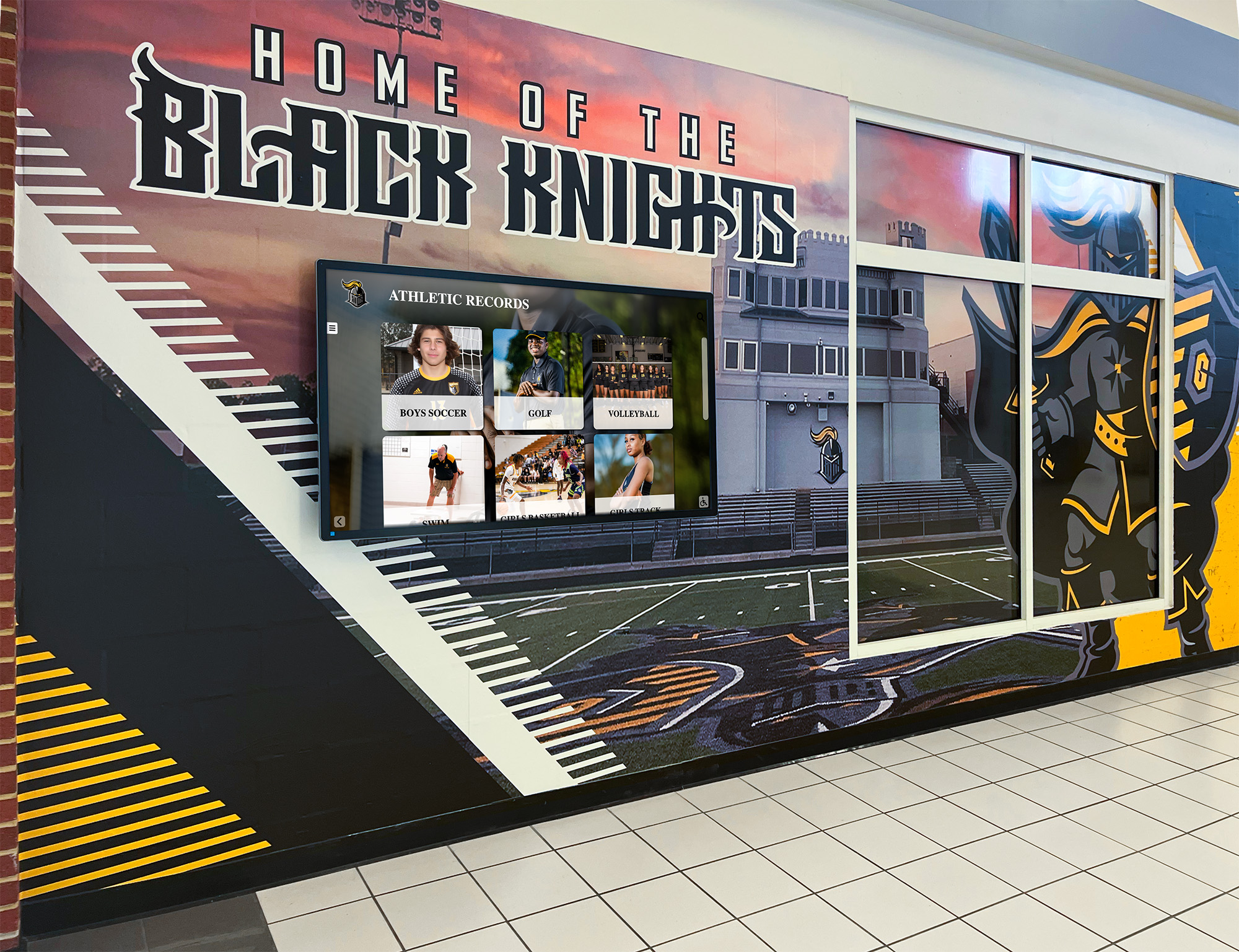
Implementing Professional Recognition Displays
Modern recognition systems transform ordinary athletic facilities into professional environments that immediately communicate program quality and development success.
Digital Recognition Advantages: Digital hall of fame displays provide dynamic, professional recognition platforms that traditional trophy cases cannot match. These systems showcase program achievements including college commitment histories, championship results, individual records, all-state selections, and athlete profiles with statistics and accomplishments. When college coaches see comprehensive digital recognition during facility tours, they immediately understand your program’s track record of developing talent and supporting athletes’ advancement to higher competition levels.
Strategic Display Placement: Position recognition displays in high-traffic areas where visiting coaches naturally encounter them—main gymnasium entrances, athletic facility lobbies, hallways connecting locker rooms to competition spaces, or strength and conditioning areas. Strategic placement ensures coaches engage with program success documentation without requiring guided tours or explicit direction.
Showcasing College Placement Success: Prominently feature former athletes who advanced to collegiate programs through dedicated sections highlighting college commitments, scholarship recipients, athletes competing at various division levels, and alumni achievements during collegiate careers. This documentation provides immediate visual evidence of your program’s college preparation effectiveness, validating that you consistently develop athletes capable of succeeding at the next level.
Solutions like Rocket Alumni Solutions specialize in creating recognition systems designed specifically for educational athletic environments, offering intuitive content management, multimedia integration, and professional presentation that positions programs as elite development operations.
Creating Professional Program Materials and Documentation
Beyond facilities themselves, organized documentation demonstrates program sophistication and makes information gathering efficient for visiting coaches.
Comprehensive Media Guides: Develop professional media guides for each sport that include team rosters with athlete positions and jersey numbers, coaching staff biographies with experience and credentials, season schedules showing competitive level and opponents, program records and statistical leaders across years, facility information and descriptions, and team photos with athlete identification. Media guides provide visiting coaches convenient reference materials summarizing essential program information in organized formats.
Athlete Information Sheets: For athletes who have expressed college interest or received recruiting attention, prepare individual information sheets including academic information like GPA and test scores, athletic statistics and achievements, position and physical measurements, contact information for the athlete and family, and high school coach contacts for follow-up conversations. Having this information readily available saves coaches time while demonstrating organizational professionalism.
Program History and Traditions: Document your program’s historical achievements, significant milestones, notable alumni, championship histories, and traditions that define program culture. Historical context helps visiting coaches understand the competitive standards and developmental culture your athletes experience.
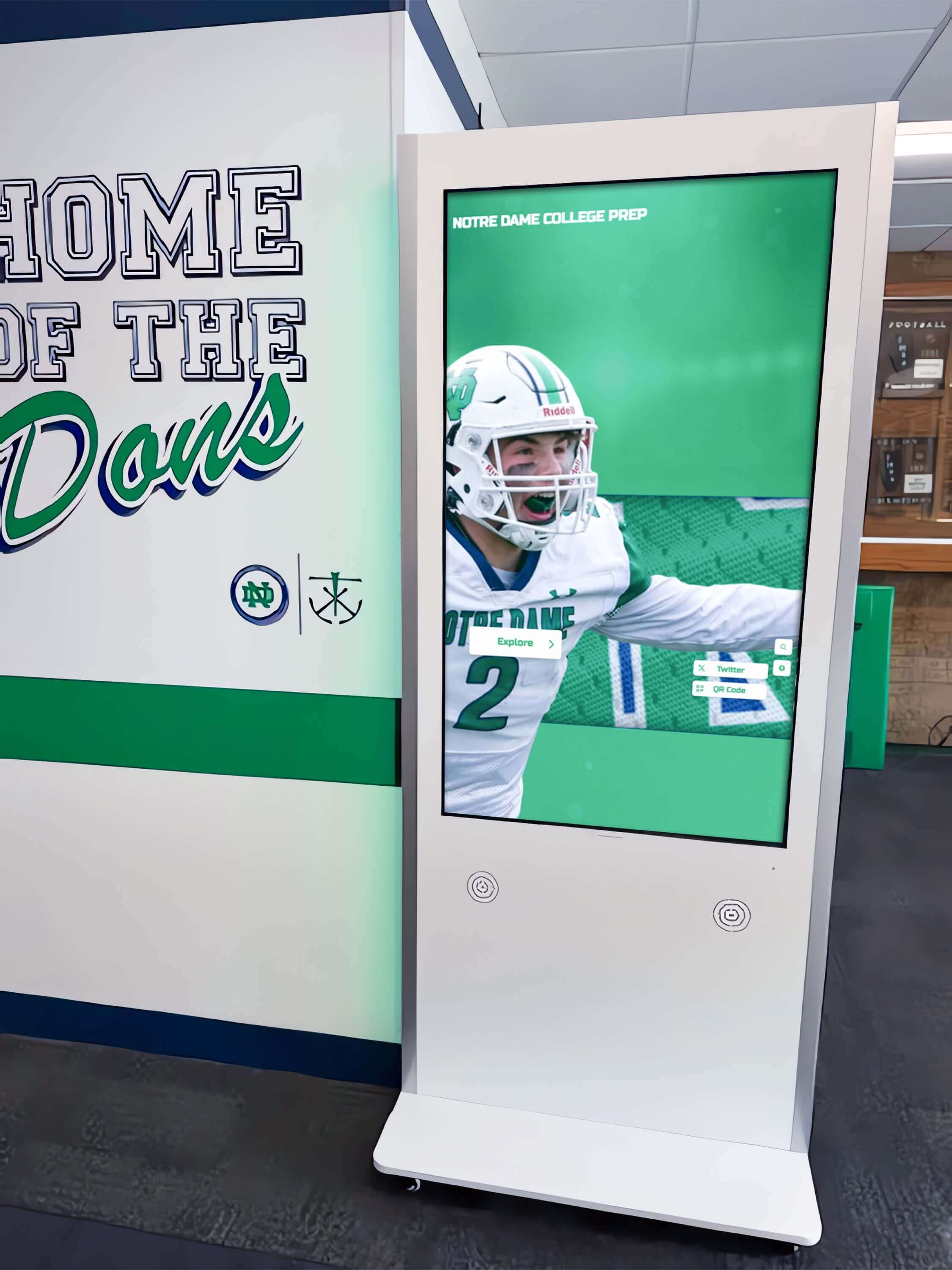
Facilitating Productive Coach Visits
The quality of the visit experience significantly impacts whether college coaches develop positive impressions of your program and return for future recruiting cycles.
Initial Contact and Visit Scheduling
Professional handling of initial outreach and scheduling sets the tone for the entire visit experience.
Responding to Visit Requests: When college coaches contact your school requesting to visit during permissible periods, respond promptly and professionally. Confirm the requested date and time, provide clear directions and parking information, specify arrival procedures and where to check in, and identify who will meet them and facilitate the visit. Prompt, organized responses demonstrate respect for recruiters’ time and schedule demands.
Proactive Visit Invitations: For programs seeking to strengthen recruiting relationships with specific colleges, proactive outreach inviting coaches to visit during evaluation or contact periods demonstrates initiative. Target invitations to programs that regularly recruit athletes from your conference, region, or competitive level. Provide information about upcoming competitions, showcase events, or practice schedules when coaches might observe multiple prospects efficiently.
Coordinating Multi-Coach Visits: During busy recruiting periods, multiple college coaches may request visits during the same time windows. Coordinate schedules to accommodate multiple coaches when possible, ensuring each receives adequate attention and information. Multi-coach visits during competitions or practices allow efficient athlete evaluation while demonstrating your program attracts attention from diverse collegiate programs.
Conducting Professional Facility Tours
Well-organized facility tours showcase program strengths while enabling efficient information gathering for visiting coaches.
Tour Route Planning: Develop standard tour routes that efficiently showcase key facilities including locker rooms and team spaces, strength and conditioning facilities, training and sports medicine areas, practice and competition venues, film rooms or meeting spaces, and recognition displays documenting program achievements. Strategic tour sequencing ensures coaches see facilities that best represent program quality and development capabilities.
Highlighting Program Differentiators: During tours, identify and explain elements distinguishing your program from competitors—specialized training equipment or methods, unique developmental programs or athlete support structures, partnership programs with local universities or training facilities, academic support systems ensuring athletic and academic balance, or recognition systems documenting historical excellence. Differentiation helps your program stand out in coaches’ minds among many schools they visit throughout recruiting cycles.
Introducing Key Personnel: Facilitate introductions between visiting college coaches and relevant high school staff including head coaches across sports, assistant coaches who work directly with specific athletes, athletic trainers who can speak to injury histories or recovery protocols, strength and conditioning staff, and athletic directors. These connections provide college coaches with contacts for follow-up questions and ongoing information gathering throughout recruiting processes.
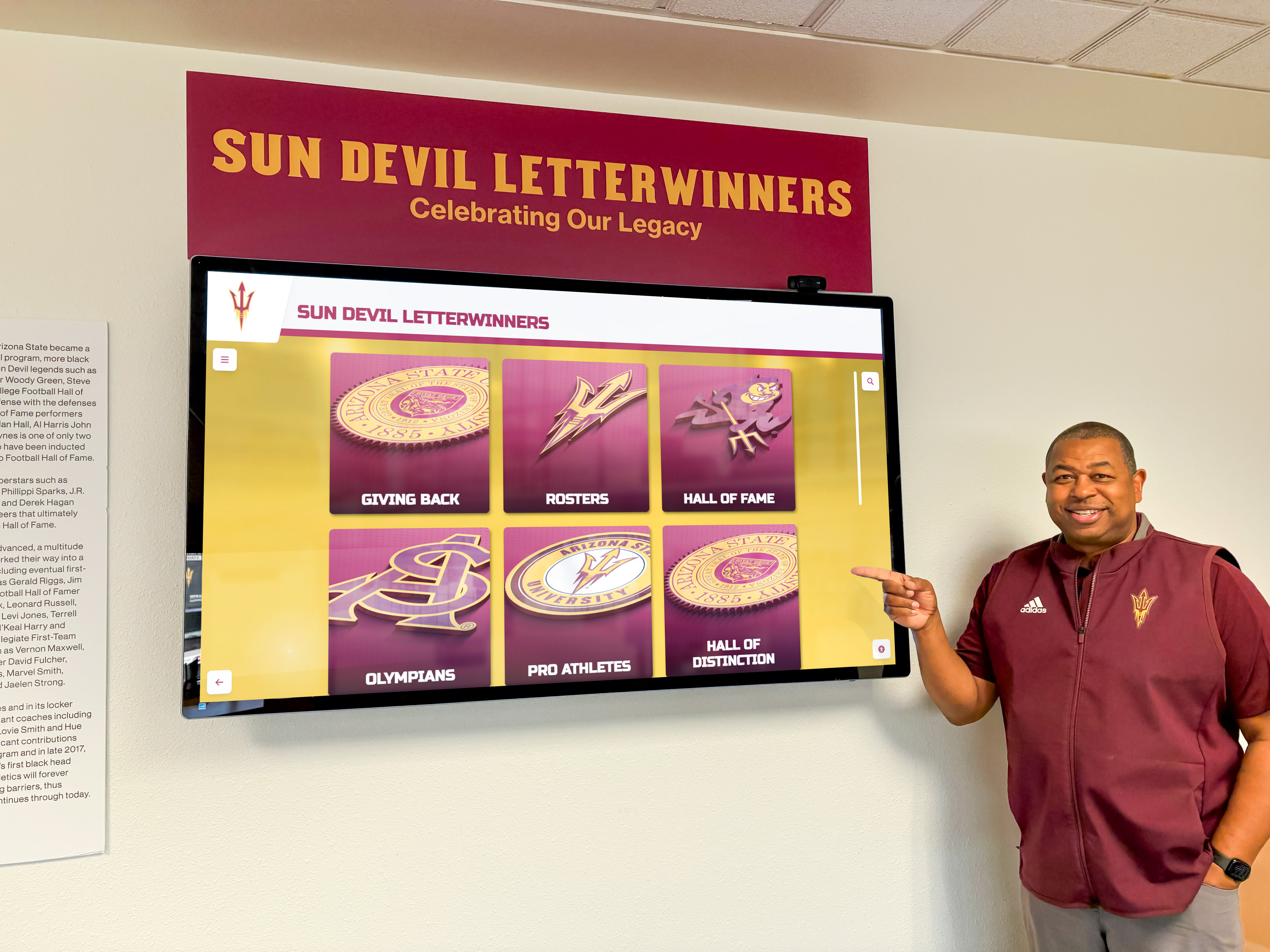
Enabling Effective Athlete Observations
The primary purpose of most college coach visits involves evaluating prospective recruits during practice, training, or competition.
Practice and Competition Access: Provide college coaches with optimal viewing positions during practices or competitions where they can observe athletes effectively. Reserve seating areas or viewing locations allowing clear sightlines and minimizing distractions. For practice observations, brief coaches on practice structure and which drills or activities will showcase skills most relevant to their evaluations.
Providing Context and Information: Help visiting coaches understand what they’re observing by explaining practice objectives or competition contexts, identifying positions or roles athletes play, sharing recent performance highlights or improvements, and offering perspective on opponents’ strength and competitive level. Contextual information helps coaches interpret performances more accurately than observations alone.
Respecting NCAA Communication Rules: Ensure all athlete interactions during evaluation periods comply with NCAA rules prohibiting substantive contact. During contact periods, facilitate appropriate conversations between college coaches and athletes while respecting athletes’ comfort levels and ensuring discussions remain within permissible topics. High school coaches serve as important intermediaries helping navigate recruiting rule complexities.
Showcasing Your Athlete Development Program
Beyond individual athlete talent, college coaches evaluate whether high school programs prepare athletes for collegiate competition demands and environments.
Demonstrating Training and Development Systems
The sophistication and organization of your athlete development systems significantly influence college coaches’ perceptions of program quality.
Strength and Conditioning Programs: Showcase structured strength and conditioning programs designed specifically for your sport. Share periodization models, training philosophies, exercise progressions, and athlete monitoring systems tracking development over time. Programs implementing data-driven, scientifically grounded training systems communicate commitment to athletic development that translates to collegiate preparedness.
Skill Development Approaches: Explain your coaching methodologies for skill development including practice structures and drill progressions, individual skill work and specialized training, video analysis and performance feedback systems, and position-specific development pathways. Systematic skill development demonstrates coaching expertise and commitment to preparing athletes for advanced competition levels.
Sports Medicine and Injury Prevention: Discuss your athletic training services, injury prevention protocols, rehabilitation approaches for injured athletes, and concussion management procedures. Comprehensive sports medicine programs signal that athletes receive proper care minimizing injury risks and ensuring appropriate recovery protocols—critical considerations for college coaches investing scholarships in athletes.
Academic Support and College Preparation: Highlight academic support structures ensuring athletes meet college admission and eligibility requirements including tutoring or study hall programs, college admission guidance and test preparation, NCAA eligibility center registration assistance, and emphasis on academic achievement alongside athletic excellence. College coaches value programs producing athletes who arrive academically prepared for college demands.
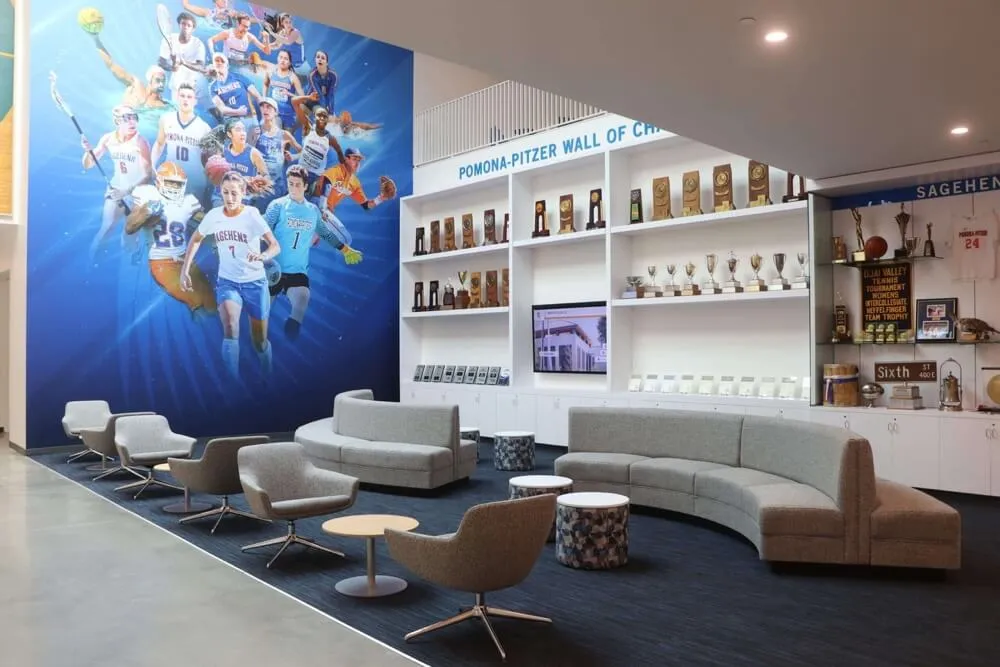
Highlighting Program Culture and Values
The culture and values defining your program inform college coaches about the types of athletes you develop beyond athletic skills.
Character Development Emphasis: Explain how your program emphasizes character development through team values and behavioral expectations, leadership development opportunities, community service requirements or traditions, and accountability systems holding athletes to high standards. College coaches increasingly prioritize character and maturity when evaluating prospects, understanding that these qualities predict college success as much as athletic ability.
Academic-Athletic Balance: Demonstrate your program’s commitment to academic success by showcasing academic honors and recognition, policies ensuring classroom attendance and grade requirements, and support systems balancing athletic and academic demands. Programs producing strong students alongside strong athletes appeal to college coaches at academically selective institutions and demonstrate understanding that athletics represent part of comprehensive educational development.
Team Culture and Cohesion: Discuss traditions, team-building activities, and cultural elements creating strong program identity. College coaches value athletes emerging from programs with positive team cultures, as these athletes typically transition more smoothly to collegiate team environments and contribute positively to team chemistry.
Building and Maintaining Recruiting Relationships
Successful college recruiting relationships extend far beyond individual visits, developing through consistent professionalism and strategic communication over multiple years and recruiting cycles.
Establishing Initial Relationships with College Programs
Proactive relationship building expands recruiting opportunities for your athletes beyond programs that naturally discover your athletes.
Identifying Target Programs: Research college programs at various division levels that historically recruit athletes from your area, compete in your athletic conference or region, match your athletes’ academic profiles, or demonstrate interest in athletes with profiles similar to your current athletes. Targeted outreach to programs likely to recruit your athletes proves more effective than scattered, unfocused communication with every college program.
Initial Outreach Strategies: Make initial contact with college programs through professional emails introducing your program and expressing interest in developing recruiting relationships, invitations to attend your competitions or showcase events during permissible recruiting periods, and sharing relevant information about prospective athletes fitting their recruiting needs. Initial communications should be brief, professional, and respectful of coaches’ limited time.
Leveraging Existing Connections: Utilize any existing relationships between your coaches and college programs through previous coaching positions or connections, former athletes now competing at collegiate programs, and conference or clinic connections where your coaches and college coaches interact. Existing connections provide warmer introduction pathways than cold outreach.
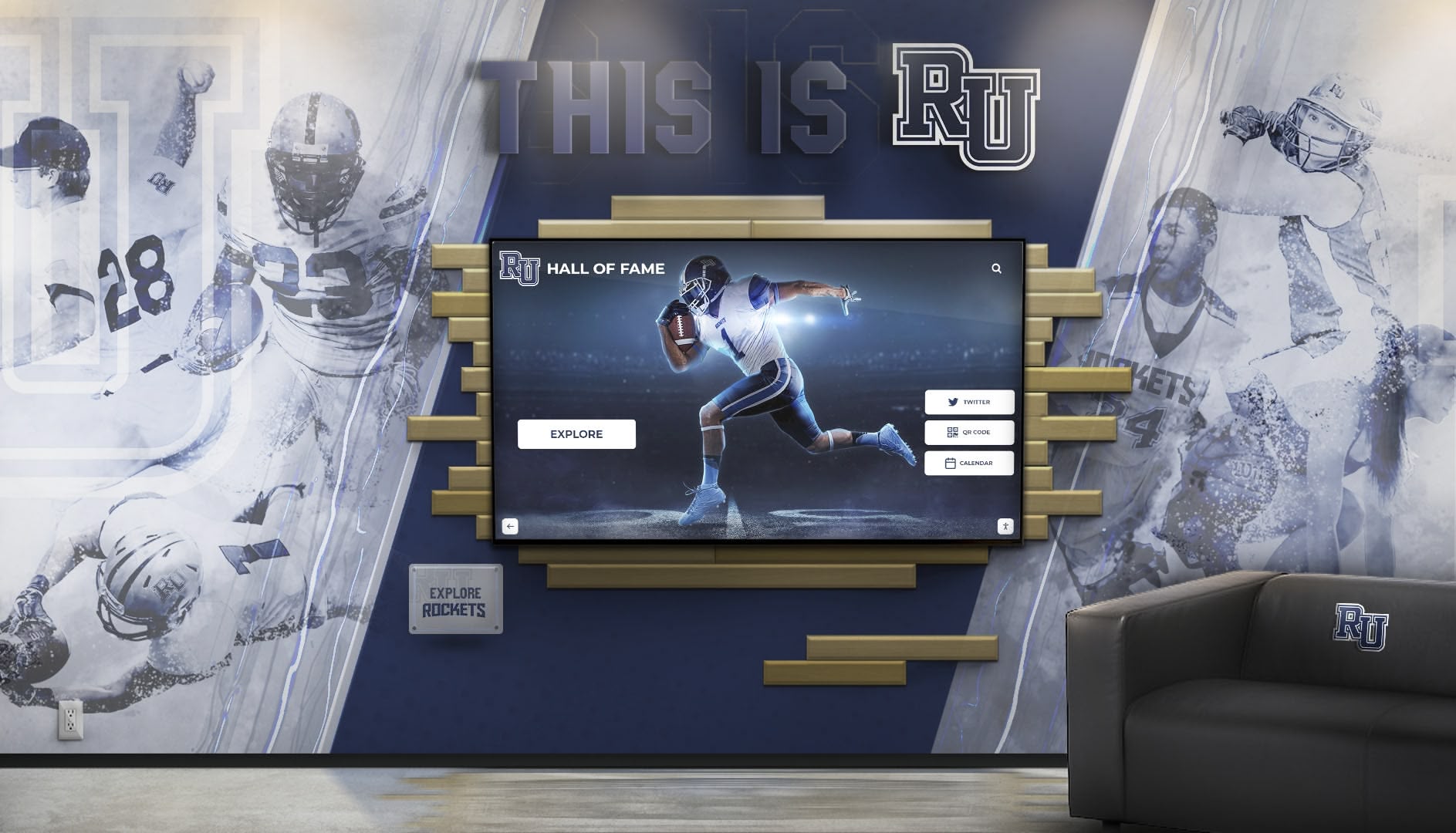
Ongoing Communication Best Practices
Maintaining recruiting relationships requires consistent, professional communication that provides value to college coaches without becoming burdensome.
Regular Program Updates: Periodically share program updates with college coaches who have expressed interest in your athletes or program including season highlights and results, athlete achievement updates and awards, upcoming showcase events or competitions, and new prospects emerging as potential college athletes. Updates should be concise, well-organized, and limited to information directly relevant to recruiting.
Prompt Response to Inquiries: When college coaches contact you with questions about athletes, schedules, or program information, respond promptly and thoroughly. Timely responses demonstrate professionalism and respect for recruiters’ timelines. If you cannot immediately answer specific questions, acknowledge receipt and communicate when you will provide requested information.
Honest, Professional Recommendations: When college coaches ask for evaluations of athletes’ abilities, college readiness, or character, provide honest, professional assessments. Accurate evaluations build credibility and trust, while exaggerated claims damage relationships when athletes fail to meet inflated expectations. College coaches value high school coaches who provide reliable information helping them make informed recruiting decisions.
Boundaries and Respect: Respect college coaches’ time and priorities by keeping communications focused and valuable, avoiding excessive contact or pressure, respecting recruiting calendar restrictions on when contact is permissible, and understanding that college coaches cannot share detailed information about their recruiting activities or athlete evaluations. Professional boundaries strengthen rather than strain relationships.
Supporting Multiple Athletes Across Recruiting Cycles
The most effective high school programs develop reputations as consistent sources of college-ready athletes rather than one-time producers of individual standouts.
Showcasing Program Depth: When college coaches visit or inquire about specific athletes, use opportunities to mention other prospects in your program who might fit their needs now or in future recruiting cycles. Introducing multiple athletes demonstrates program depth and positions your school as a program worth monitoring consistently.
Maintaining Relationships Beyond Individual Athletes: Continue communication with college programs even after specific athletes commit elsewhere or graduate. Sustained relationships ensure coaches return for future recruiting cycles rather than treating your program as relevant only when specific athletes generated initial interest.
Documenting Placement Success: Systematically track and publicize former athletes competing at collegiate levels through college commitment recognition displays, social media announcements, program communications, and conversations with college recruiters. Documented college placement success validates your program’s developmental effectiveness, making college coaches more confident recruiting your athletes in future cycles.
Leveraging Recognition Technology to Enhance Coach Visits
Modern recognition technology provides strategic advantages during college coach visits, showcasing program excellence while enabling efficient information access.
Interactive Digital Displays as Recruiting Tools
Well-designed recognition displays function as powerful, always-on recruiting tools communicating program quality to every visiting coach.
Comprehensive Program Documentation: Digital recognition systems document and display program achievements across multiple dimensions including historical college commitments organized by athlete, sport, college, and year, championship histories with details about successful seasons and postseason achievements, individual records and statistical leaders, all-conference and all-state selections, and coach biographies and program milestones. This comprehensive documentation provides visiting coaches immediate access to information validating program quality and developmental track records.
Interactive Exploration Features: Interactive touchscreen displays enable visiting coaches to explore program information independently through searchable athlete databases finding specific individuals or years, statistical comparisons across athletes or seasons, college placement histories showing which programs recruit your athletes, and multimedia content including photos, videos, and achievement descriptions. Self-service exploration allows coaches to gather information efficiently without requiring staff time for guided research.
Mobile and Remote Access: Many modern recognition platforms extend access beyond physical displays through web-based access allowing coaches to explore program information remotely, mobile-responsive interfaces enabling smartphone or tablet viewing, and shareable links highlighting specific athletes, achievements, or program milestones. Extended access enables coaches to review information before visits, share details with colleagues, or revisit information during evaluation processes.
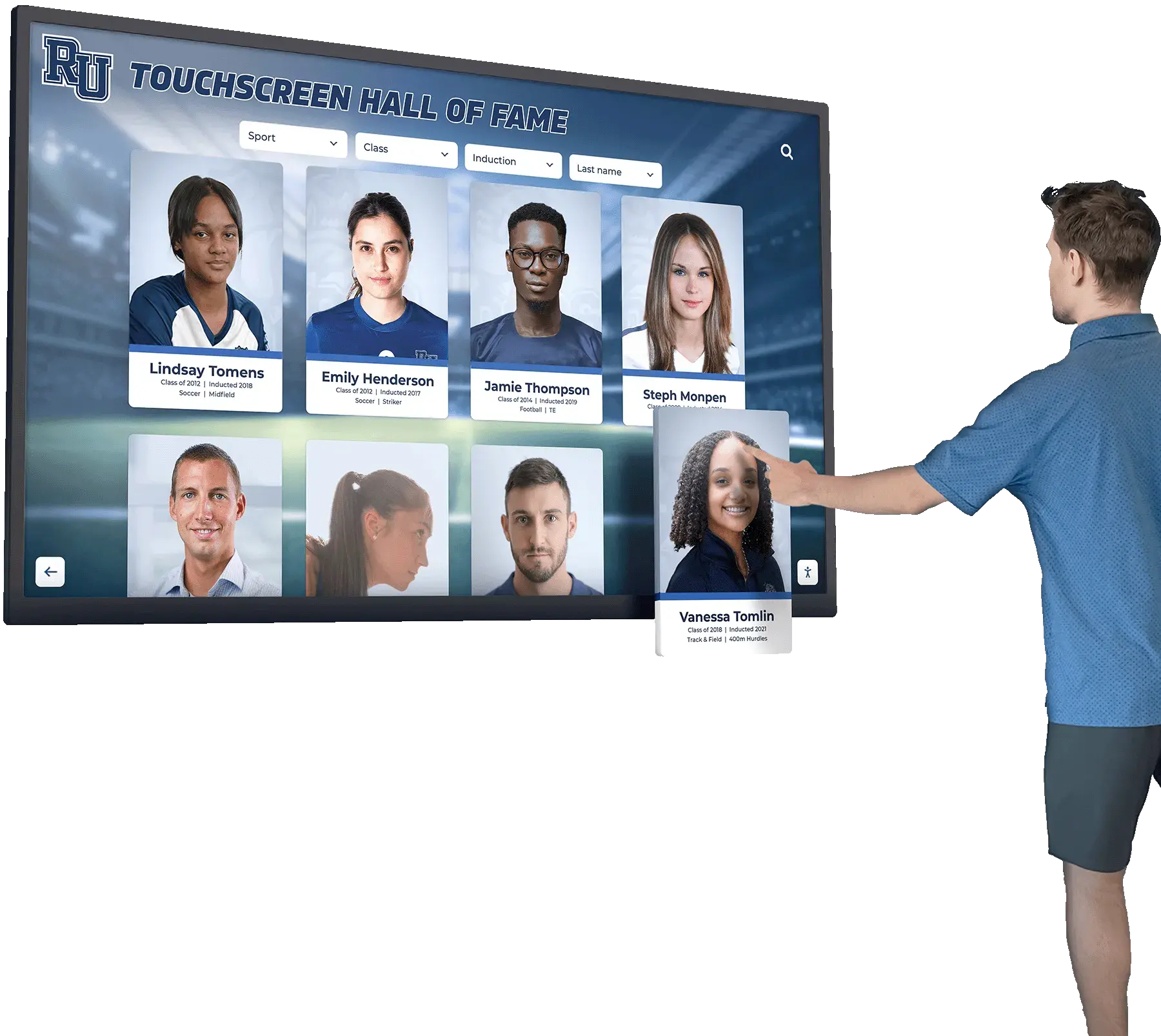
Positioning Recognition Displays for Maximum Impact
Strategic placement of recognition systems maximizes visibility and engagement during coach visits.
High-Traffic Locations: Install recognition displays in areas where visiting coaches naturally spend time including main gymnasium entrances creating first impressions, athletic facility lobbies and reception areas, hallways connecting parking to competition venues, locker room areas where coaches meet with high school staff, and viewing areas where coaches watch practices or competitions. High-visibility placement ensures coaches encounter recognition displays without requiring explicit direction.
Integration with Facility Tours: Incorporate recognition display interaction into standard facility tour routes. Allow coaches time to explore displays independently or guide them through features highlighting program strengths. Recognition displays often become tour highlights that visiting coaches remember and mention when describing their visit experiences.
Multiple Display Advantages: Schools with multiple athletic facilities may benefit from multiple recognition installations or networked displays showing coordinated content. Multiple displays reinforce program quality messaging while accommodating different sports or athlete populations.
Common Challenges and Solutions for Coach Visits
Even well-prepared programs encounter challenges facilitating college coach visits. Understanding common obstacles enables proactive solutions.
Challenge: Coordinating Coach Schedules with School Operations
College coaches often request visits during school days when managing access, supervising visitors, and coordinating with teaching schedules creates logistical complexity.
Solution: Develop clear visitor procedures specifying where coaches check in, how they receive access to facilities, who serves as their contact during visits, and any security or access requirements. Communicate procedures clearly when confirming visits, reducing confusion and ensuring smooth experiences. Consider designating an athletic department staff member or coach to coordinate recruiting visits, providing consistent contact for college coaches and streamlining logistical coordination.
Challenge: Managing Multiple Simultaneous Coach Visits
During peak recruiting periods, multiple college coaches may visit simultaneously to watch practices, competitions, or specific athletes.
Solution: Coordinate schedules to accommodate multiple coaches when possible, providing each with adequate seating, viewing access, and attention. Brief visiting coaches on others attending, as many know each other professionally and may appreciate networking opportunities. Ensure you have sufficient staff available to greet visitors, answer questions, and facilitate information sharing without anyone feeling neglected. For competitions attracting many coaches, consider preparing visitor packets with rosters, athlete information, and program materials available for self-service distribution.
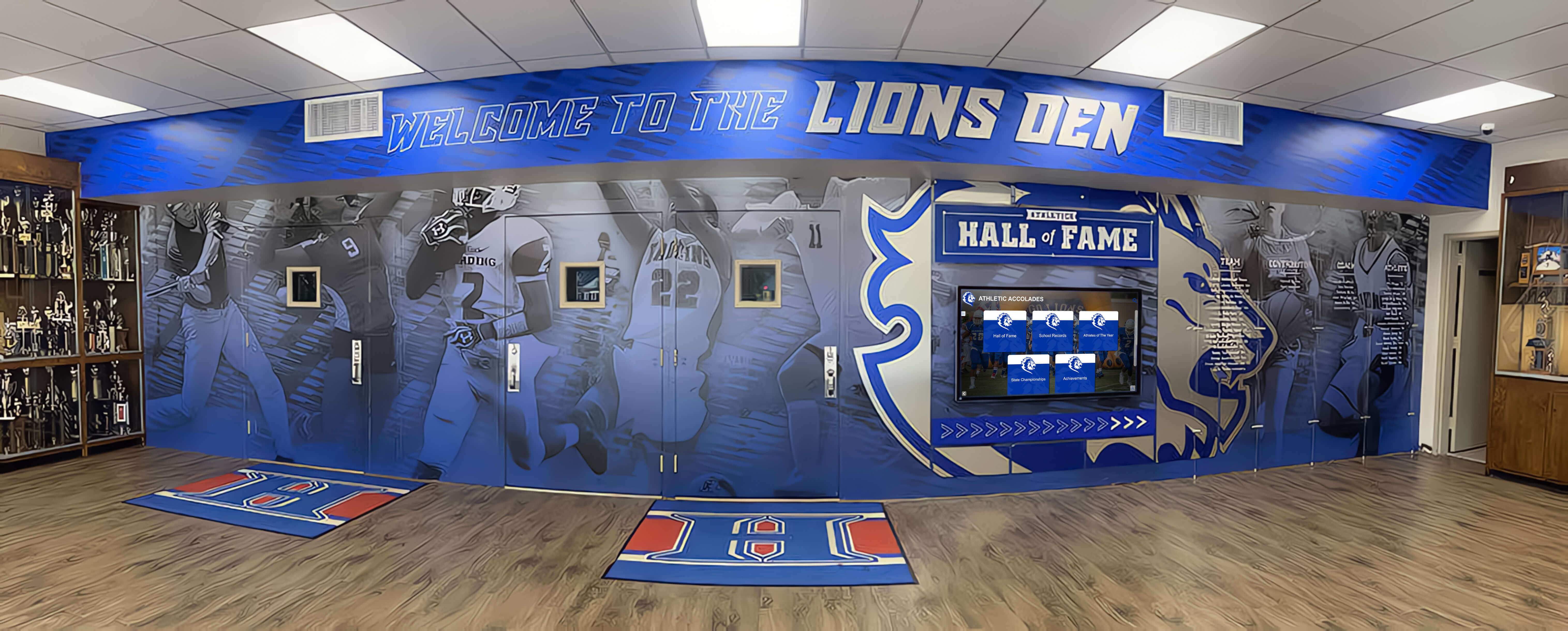
Challenge: Supporting Athletes During Recruiting Process Stress
The recruiting process creates stress and anxiety for athletes navigating complex decisions with significant life implications.
Solution: Provide clear information about recruiting rules, timelines, and processes so athletes understand what to expect. Create supportive environments where athletes can discuss recruiting experiences, questions, and concerns with coaches they trust. Set realistic expectations about recruiting realities, helping athletes understand the competitive nature of recruitment and the importance of maintaining multiple options. Connect athletes with former players who navigated recruiting successfully, providing peer perspective and advice. Remember that your role involves supporting athletes’ best interests rather than pushing them toward specific colleges or decisions.
Challenge: Balancing Promotion with Authenticity
Programs want to present themselves positively to college coaches while maintaining authenticity and honesty about program realities and athlete capabilities.
Solution: Focus on genuine strengths rather than exaggerating capabilities or hiding limitations. College coaches develop professional skepticism through years of evaluating programs and athletes, quickly detecting exaggerations or misrepresentations. Honest assessments of athlete strengths and development areas build credibility far more effectively than unqualified praise. Acknowledge areas where your program continues developing or improving, demonstrating self-awareness and commitment to growth rather than claiming perfection.
The Future of College Recruiting and Facility Presentations
Understanding emerging trends helps programs prepare for evolving recruiting landscape changes.
Increased Virtual Recruiting Elements
Technology-enabled virtual recruiting components have become permanent recruiting ecosystem fixtures rather than temporary pandemic adaptations.
Virtual Facility Tours: Many programs now offer professional virtual facility tours allowing college coaches to preview facilities remotely. High-quality video tours highlighting training facilities, competition venues, strength and conditioning areas, and recognition displays enable initial program assessments before in-person visits, potentially increasing visit quality by attracting coaches already familiar with your program’s strengths.
Digital Recruiting Portfolios: Comprehensive digital athlete profiles combining highlight videos, statistical data, academic information, and personal statements create efficient information sharing mechanisms. Programs maintaining organized digital portfolios demonstrate technological sophistication while respecting coaches’ time by providing convenient information access.
Enhanced Video Integration: As video quality and accessibility continue improving, recognition displays and program presentations incorporating video content become increasingly impactful. Highlight reels, athlete interviews, training footage, and competition clips provide dynamic content impossible with static photos or text alone.
Greater Emphasis on Academic Preparation
Increasing academic standards for athletic eligibility and growing concerns about athlete mental health and well-being are elevating academic preparation importance in recruiting evaluations.
Academic Support Documentation: Programs should be prepared to discuss academic support systems, athlete academic performance data, college admission success rates, and approaches to balancing athletic and academic demands. College coaches increasingly value programs producing students prepared for college academic rigors alongside athletic competition.
Holistic Development Recognition: Recognition systems highlighting diverse achievements beyond athletic statistics—academic honors, leadership positions, community service, character awards—demonstrate commitment to comprehensive athlete development that appeals to college coaches seeking mature, well-rounded recruits.
Data-Driven Athlete Development
Advanced analytics and technology-enabled performance tracking are transforming athlete development approaches and creating new communication opportunities with college coaches.
Performance Metrics and Tracking: Programs implementing systematic athlete performance monitoring—strength gains, speed development, sport-specific metrics—can share objective development data demonstrating athlete improvement over time. Quantified development validates coaching effectiveness and helps college coaches project how athletes might continue improving with college-level training.
Sports Science Integration: Partnerships with sports science programs, universities, or specialized training facilities demonstrate commitment to cutting-edge athlete development. Technology integration and evidence-based training approaches increasingly distinguish elite development programs from traditional operations.

Conclusion: Creating Lasting Impressions That Open Doors
College coach visits represent critical opportunities to showcase your program’s quality, demonstrate your commitment to athlete development, and establish recruiting relationships benefiting multiple athletes across multiple years. The programs that consistently help athletes advance to collegiate competition distinguish themselves through professional facility maintenance communicating program values and standards, comprehensive recognition systems documenting development success, organized information systems enabling efficient coach evaluations, skilled facilitation creating positive visit experiences, supportive athlete development emphasizing holistic preparation, and sustained relationship building extending beyond individual recruiting cycles.
Success requires understanding that recruiting effectiveness depends on far more than individual athlete talent. College coaches evaluate entire developmental ecosystems—facilities, coaching expertise, program culture, support systems, and institutional commitment to athletics. Every element of your program communicates either that you prepare athletes for college success or that you simply field competitive high school teams. The distinction determines whether college coaches view your program as a reliable source of college-ready talent deserving consistent attention or as an occasional source of individual prospects discovered despite rather than because of program quality.
Investing in professional recognition systems like those provided by Rocket Alumni Solutions represents strategic commitment to positioning your program as an elite development operation. These systems work continuously—showcasing achievements to every visitor, providing information to every inquiring coach, and demonstrating excellence to every prospective athlete and family considering your program. Combined with facility excellence, organizational professionalism, and genuine commitment to athlete development, modern recognition technology helps programs punch above their weight class in recruiting relationships and college placement success.
The relationships you build with college coaches and the reputation you establish for developing college-ready athletes create multiplying returns over years and decades. Athletes notice which programs consistently send graduates to college teams. Families seek schools with documented placement success. College coaches return repeatedly to programs they trust. These compounding advantages transform programs from occasional college athlete producers to recognized talent development sources attracting ambitious athletes, supporting higher competitive standards, and creating traditions of excellence extending far beyond individual recruiting cycles or standout athletes.
Ready to transform how college coaches perceive your athletic program? Explore how professional recognition displays and comprehensive athletic program documentation create lasting impressions that open recruiting doors and establish your program as a premier development destination for college-bound athletes.




































